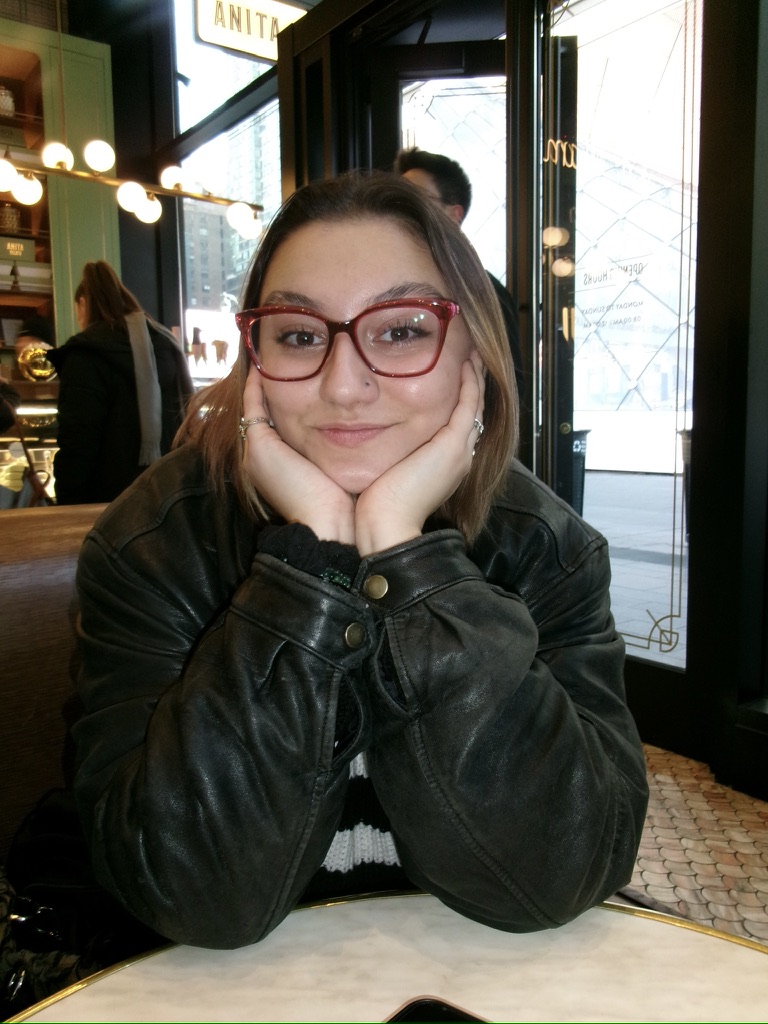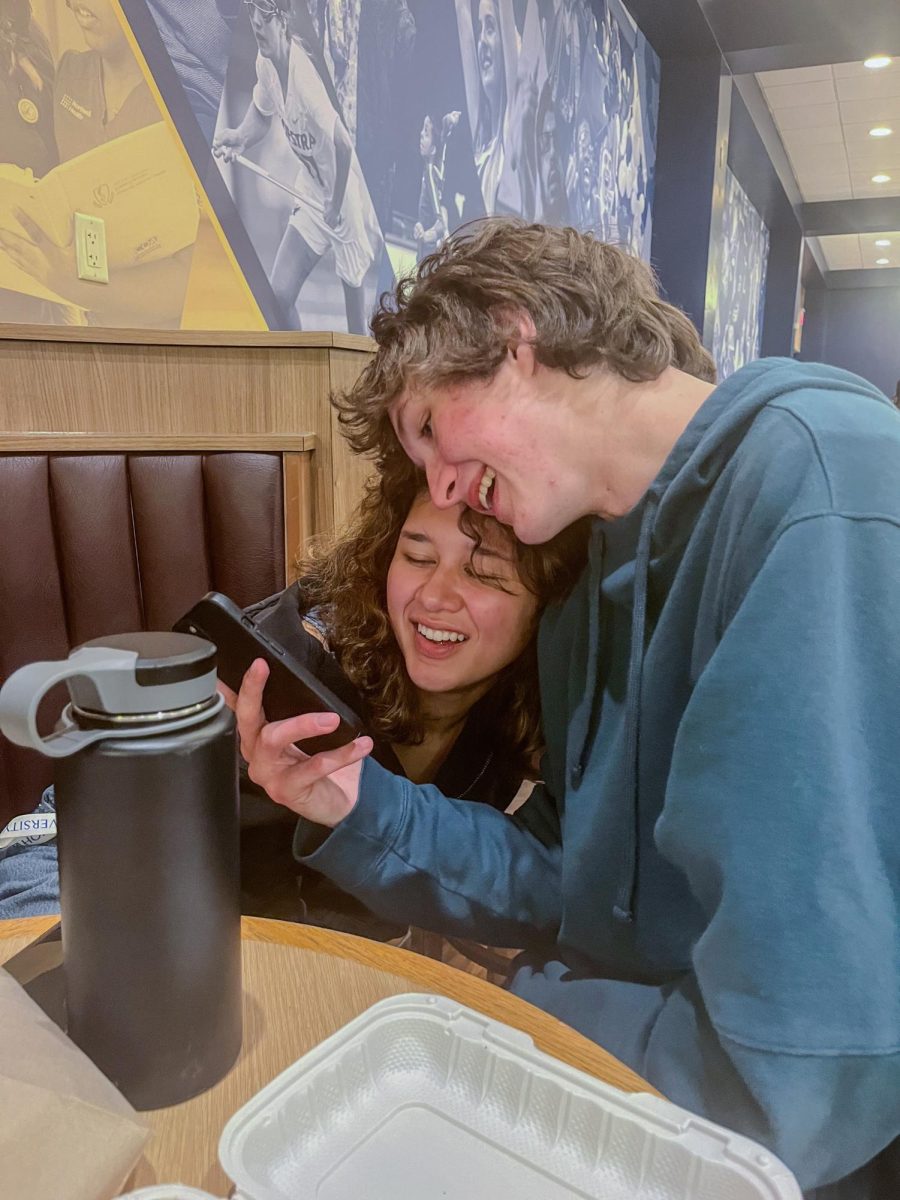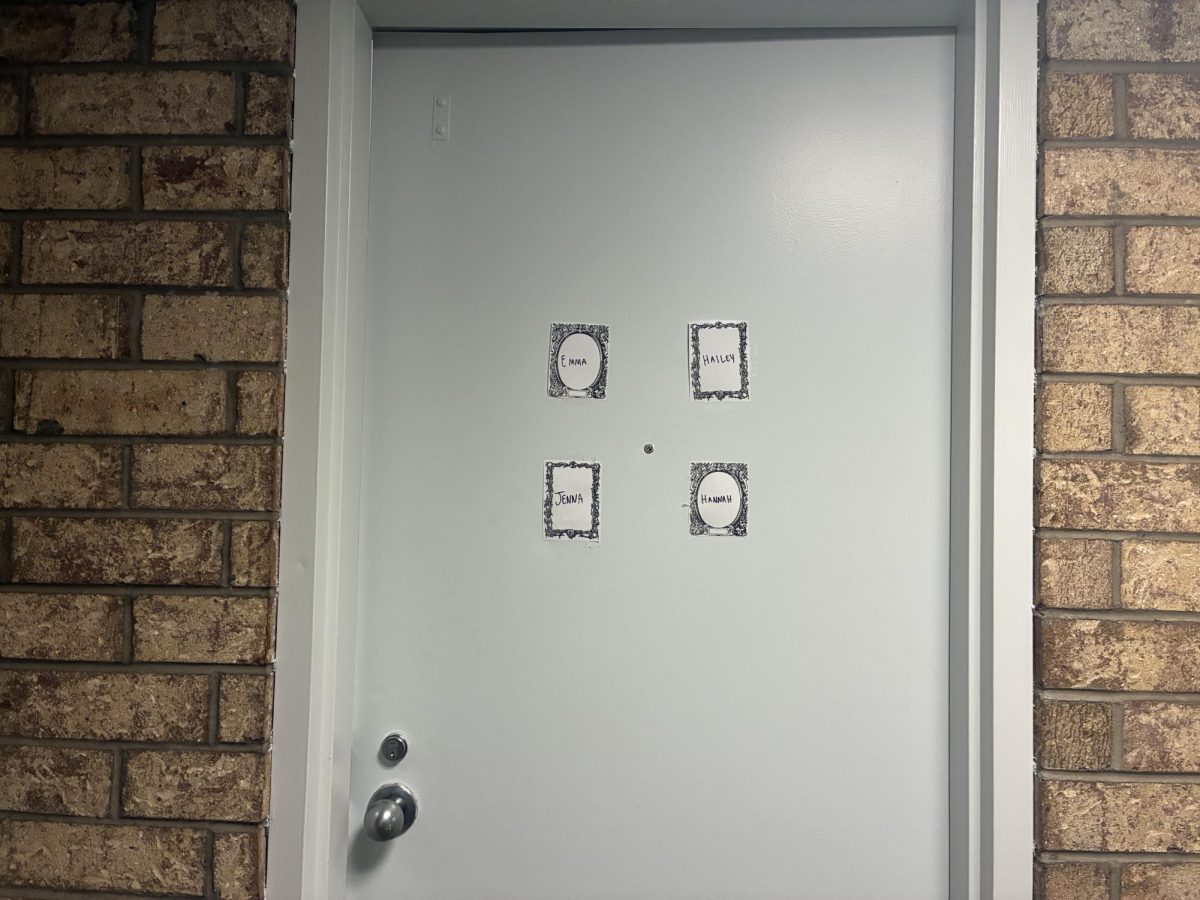There are five general learning styles that you can be sorted into: aural, visual, kinesthetic, verbal and logical. You can manipulate any environment by focusing on the key aspects of the learning style that fit best with your personality. There are tests that you can take to find out what learning style you are, but they aren’t necessary. I have personally benefitted from implementing a mix of all the learning styles into my studying routine and I found that it helps me comprehend the material from a variety of different directions I might not have thought of previously.
The second learning style is visual. Visual learning is very straightforward. It means that you learn best by seeing things physically through graphs, charts, videos or images. If you find yourself browsing YouTube to try and find a visual representation of a problem or love when the professor gives you infographics to better understand a topic, then you might benefit from implementing some visual helpers in your study routine.
First, you can find videos on topics that you enjoy or are trying to learn. Khan Academy has a lot of videos offering help for middle-school, high-school and college students, along with visual representations and charts to help explain what it is you are seeing. John and Hank Green’s CrashCourse series is also a great visual representation of many different topics, usually animated and quick to watch. Watch documentaries on what you are learning in class to cement the information. Ask your professor for recommendations to help you better engage with your subject. At a loss for what to do? Pretend that you are a YouTuber, make a script and record your own video. You can reference this later when you want to study.
Second, make charts and visual representations so that you can visually weigh what you know. When you want to indicate a percentage, draw a percentage in your notes; if you have a lecture about human cells, create a chart showing all the different parts in colorful detail. It is worthwhile to rewrite your notes and make them aesthetically pretty by adding in symbols, ideas, colors and sticky notes. This not only organizes your notes for later and helps you engage with the text, but also makes going back and reviewing your notes visually pleasing enough to be interesting for your brain to review.
Finally, make your workspace bright and engaging both in and out of the class. This part is a little tricky; if you are easily distracted like I am, you want to create a balance between visually engaging and not visually demanding. Keep a to-do list displayed in front of you where you can quickly reference what you should be doing. Keep important documents out and in front of you on the desk so that you can see them and remind yourself to come back to them. Remember, since you learn better visually, it helps to associate learning with organization and order. It not only keeps your area uncluttered, but your mind, too.
Next time, it gets physical with kinesthetic learning.






